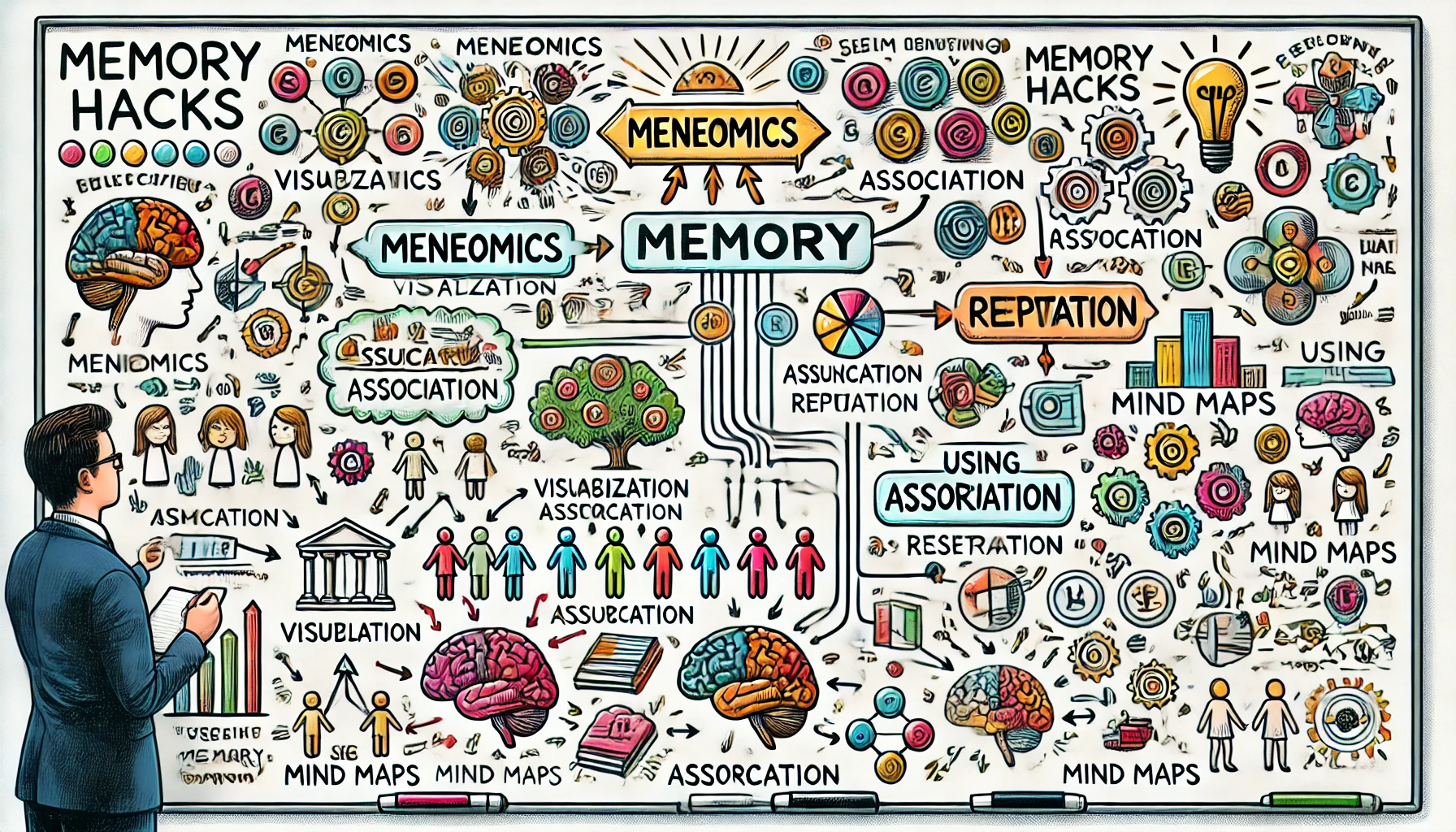In the early years of school, it’s not just facts that matter – it’s learning how to learn! This guide dives into ten practical memory techniques designed to help primary school students become superstars of remembering.
By understanding these tricks, students can not only recall information better but also grasp concepts deeper and ace those tests.
Learning: More Than Just Cramming
Learning goes way beyond rote memorization. It’s about truly understanding ideas, connecting new knowledge with what you already know, and using it in different situations. The key is to actively engage with the material, making learning more fun and efficient. Techniques that boost this interaction can significantly improve understanding and long-term memory.
Memory: The Powerhouse of Learning
Memory is the brain’s filing cabinet, allowing us to store and retrieve information when needed. Effective learning strategies are all about maximizing how we use our memory.
But not all memories are created equal! We have short-term and long-term memory, each with its own strengths. Learning how to transform short-term memories into long-term ones is a game-changer for students. These techniques not only help retain information for longer but also make it readily available during exams.
Top 10 Memory Hacks:
- Memory Magnets (Mnemonics & Acronyms): These clever tricks use catchy phrases or abbreviations to remember lists, definitions, or processes. Think of “My Very Educated Mother Just Served Us Nine Pizzas” for remembering the planets in our solar system.
- Chunking It Up: Break down big chunks of information into bite-sized pieces. Our brains are better at remembering smaller amounts, so group related information together for easier recall.
- Spaced Repetition: Review on Autopilot: Revisit information at increasing intervals to strengthen memory without getting stuck in a rut of endless repetition. Flashcard apps with spaced repetition can be a lifesaver, adjusting review times based on how well you remember things.
- Active Recall: Test Yourself! Don’t just passively read or listen. Actively recall information by generating answers on your own. This could involve practice tests, using flashcards, or even explaining the material to someone else. Each time you retrieve information, your memory and confidence get a boost.
- Picture Perfect Memory: Create mental images of what you’re studying. Younger students can benefit from drawing diagrams, color-coding notes, or imagining stories related to the information.
- Storytelling & Rhymes: Learning with a Twist: Stories and rhymes are powerful memory tools. Convert dry facts into engaging stories or catchy rhymes to make learning fun and sticky.
- Mind Mapping: Unlocking Connections: Mind maps are visual tools that show the big picture and how different pieces of information relate to each other. This helps students brainstorm ideas and integrate new knowledge in a creative way.
- Location & Senses: A Multi-Sensory Adventure: Studying in different places prevents getting stuck in a learning rut. Additionally, engaging all five senses can enrich the experience.
- Healthy Habits for a Healthy Mind: Exercise, sleep, and nutrition all play a crucial role in memory. Exercise boosts blood flow to the brain, sleep helps consolidate memories, and brain-healthy foods like fish and nuts provide essential fuel for cognitive function.
- Teach & Test: Double Duty Learning: Teaching others helps solidify your own understanding (the “protégé effect”). Similarly, regular testing, even self-testing, helps solidify information and identify areas that need more work.
Mastering these memory techniques can give Singaporean primary school students a significant edge in their academic journey. Each method offers unique benefits and can be adapted to individual learning styles. By exploring and combining these strategies, students can develop powerful learning skills that will serve them well throughout their education and beyond. Remember, active engagement is key! So, have fun exploring these techniques and turn learning into an exciting adventure!
